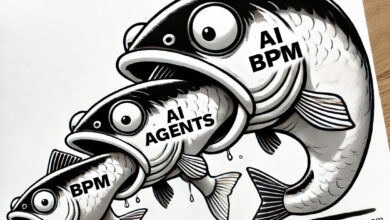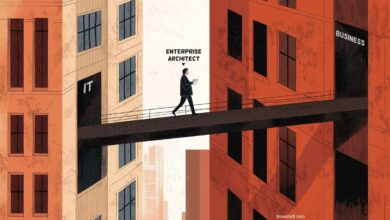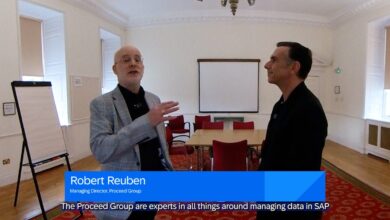AI’s hidden crisis: Sprawl without transformation

Managing Director of Data & AI
“AI isn’t knocking politely at the front door of IT. It’s streaming in through every side window.”
‘’Centralization is an illusion, and it’s too slow, too static, and too rigid to guide daily AI adoption.’’
And what we often see as a result, is that employees or functional leaders proceed anyway, experimenting with tools, vendors, and models without any consideration of the larger organizational ecosystem. The intention is good, but again, the outcome is sprawl: fragmented solutions that can’t scale, duplicate licenses, and silos that become barriers instead of enablers. Pilots without guardrails never lead to transformation. Instead, they become noise.
Here’s the irony. Everyone is exploring AI opportunities to automate workflows and processes. But the very governance that makes AI adoption safe, scalable, and coherent? That’s still run on old-school, human-led models. In fact, we’re applying governance designed for the industrial era to a technology evolving faster than anything in recent memory. That mismatch is one of the reasons why so many organizations move slowly, even as AI races ahead.
“We’re using governance built for the industrial era to manage technology evolving faster than any innovation in memory.”
In other words, an AI-first governance model doesn’t just set rules; it bakes them into the flow of experimentation, using automation to ensure freedom at the edges compounds into value at the core. While the old governance model is about control, an AI-first governance model is about orchestration and automation. And when done right, it creates a compounding flywheel that becomes a competitive moat, shock-proofs the enterprise against regulatory or vendor disruptions, and ensures that every dollar of AI spent translates into durable enterprise capability rather than isolated wins.
In our experience, orchestration succeeds when experimentation is guided by four elements. We integrated these factors into an easy-to-understand framework, and called it the GATE Framework. The framework works because each pillar runs on automation. Guardrails, design, training, and enablement all scale only if they are embedded and automated. That’s how orchestration keeps pace with AI itself.
“Experiments should be born interoperable, not retrofitted for scale.”
Embed AI fluency into onboarding, leadership programs, and team rituals so employees feel capable of making good decisions about when and how to use AI. Instead of one-off courses, training is reinforced through automated nudges and just-in-time guidance. For example: when someone uses sensitive data, a real-time warning appears; when a pilot succeeds, the system pushes a playbook update to peers. Automation makes training continuous and contextual, so fluency grows in the flow of work, not in classrooms.
With GATE in place, local experiments and energy at the edges is more likely to compound into strategic impact rather than isolated wins.
“The art is not to slow down experiments with red tape, but to bake scale into the edges through APIs, standards, and automated checks. That’s how freedom within guardrails becomes real.”



